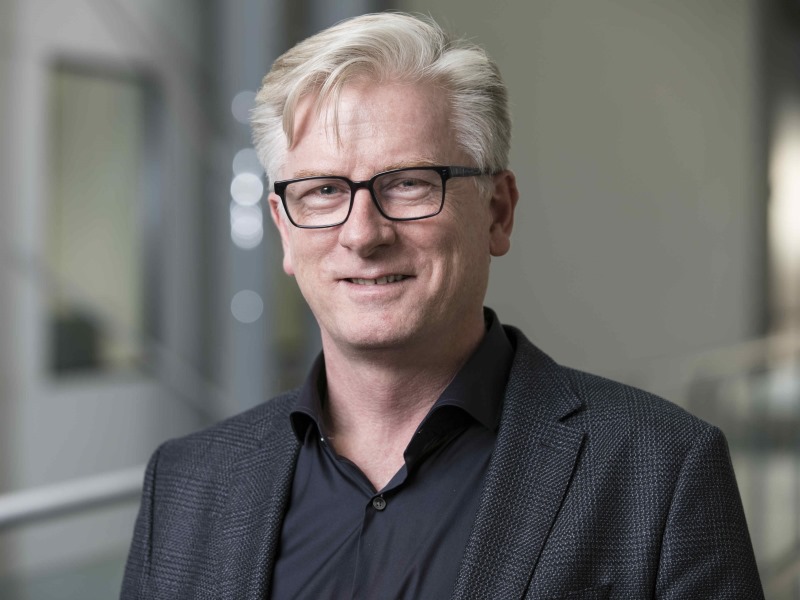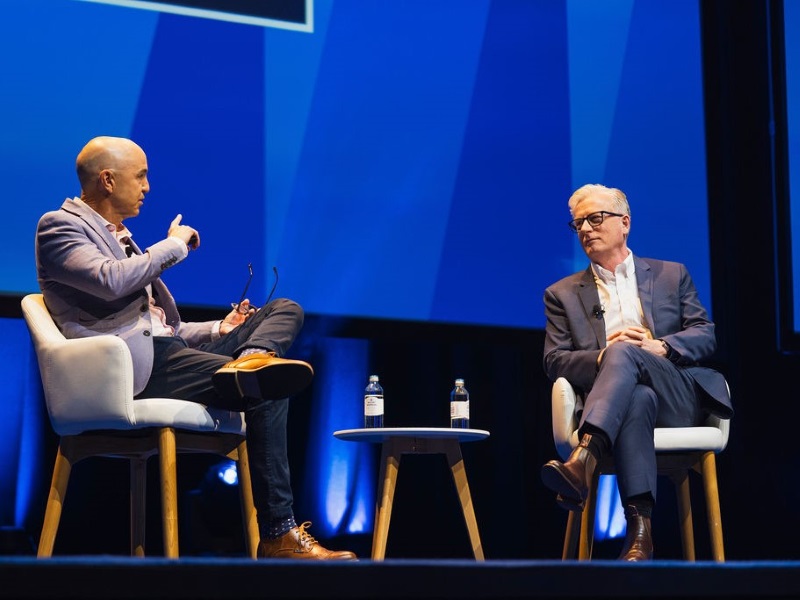Artificial intelligence has permeated into all aspects of the CSIRO’s research operations, driving its decision to invest $16 million into a new high performance computer system and raising the prospect of a new infrastructure “stewardship” role for the agency.
That is according to the CSIRO’s chief information and security officer Brendan Dalton, who spruiked the new hardware at supplier Dell’s Sydney event on Tuesday as the greenest, cost controlled option for the AI push.
“You look at any science at CSIRO and AI as being applied,” he told the event.

The CSIRO procured a $16 million high performance computing cluster from the US hardware giant last year and launched the system in June.
Dubbed Virga, it replaces a 2017 GPU cluster and is expected to deliver a step change in performance with servers and GPUs purpose built for large language models and other AI applications.
It complements the agency’s existing CPU cluster and its access to a classical supercomputer in Canberra and the southern hemisphere’s fastest supercomputer at Pawsey in Perth.
Mr Dalton said the national science agency needed its own “specific infrastructure to run AI workloads” while managing costs, which analysts are warning can escalate quickly without data controls and careful planning.
“CSIRO is going through a process at the moment where we’re reviewing our research portfolio,” he said. “Every single component of that research portfolio is looking at the application of AI.”
But there were drivers beyond raw horsepower, Mr Dalton said at Tuesday’s event.
“We wanted to take seriously the fact that this kind of infrastructure can have an environmental impact, [it] can have an energy impact,” Mr Dalton said.
“So we wanted to see how green we could make the this computing infrastructure. That’s really where we were coming from when we commissioned Virga”.

Virga uses direct liquid cooling – a technology Dell has helped pioneer.
“It basically reduces the energy footprint from this very intense computational system,” Mr Dalton said. “And it basically improves the environmental footprint, but also the affordability of the system.”
Virga will be used by a variety of CSIRO research teams and the industry partners they work with, but also opens the door to a wider “infrastructure stewardship component”, Mr Dalton said.
“CSIRO manages a lot of research infrastructure, and so we need to work with the community, with industry, with government, to better understand the kind of AI infrastructure that Australia needs.
“And so that’s a that’s a big area for me that we’ll be moving into, I hope, anyway, in the future.”
Some experts have pushed for government to lead an investment push on a sovereign AI capability in it, to ensure local innovators aren’t relying on derivative imports that offer no competitive advantage or are culturally inappropriate.
Others counter that it will be too expensive, difficult and risky because of Australia’s lack of scale, and the federal government has been reluctant to make a large investment so far.
Do you know more? Contact James Riley via Email.

